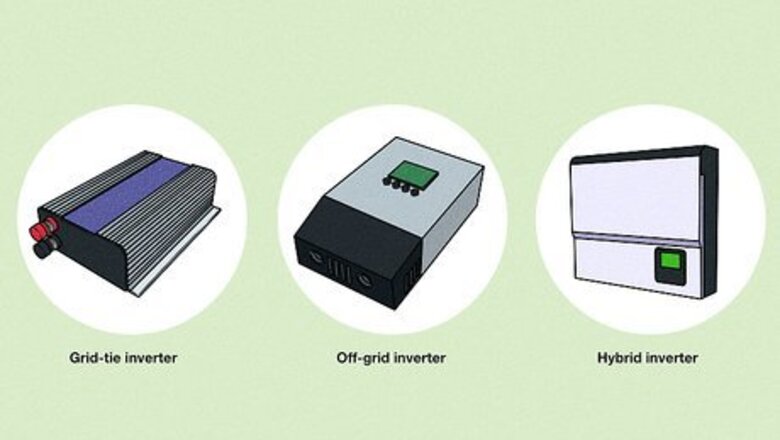
views

Learn about the commonly used solar inverters. Generally speaking, there are three major types of solar inverters on the market, including grid-tie, off-grid and hybrid inverters. Grid-tie inverter: It functions to convert DC to AC, with an ability to synchronize to interface with a utility line. This inverter is designed to transmit your unused electricity to the grid and has no battery. MTTP technology may be equipped in its input circuitry. Off-grid (Stand-alone) inverter: It works to convert DC to AC from a storage battery. These inverters are used to provide electricity to a number of residential and commercial projects. These lower watt ones are mainly used to power the appliances in each family. Hybrid inverter: This product also functions to convert DC to AC and its difference is that it can be used in both a grid-tie PV system and an off-grid PV system.

Compare the efficiency of different types of solar inverters. Since efficiency is the soul of every solar inverter, it is necessary to stress this point when you choose your inverter. So far, the highest conversion efficiency is over 98% from SMA, and the highest micro inverter’s highest efficiency has already reached up to 96.5% from Omnik. However, not all high efficiency inverters are suitable for your personal conditions, and so please be careful when making your final decision.
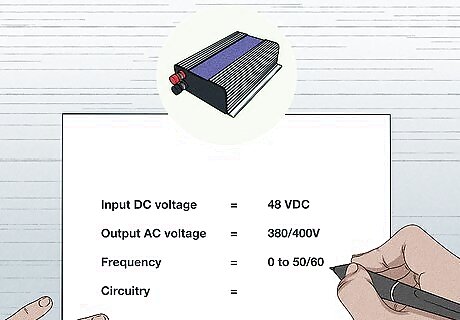
Take notice of the important parameter of each solar inverter. A solar inverter doesn’t generate electricity but it needs a certain series of parameter to make sure it works effectively. The important elements you should pay attention to are its input DC voltage, output AC voltage, frequency, and the circuitry that suits it. For example, for a typical residential solar power system, the input voltage is 24 and 48 VDC.
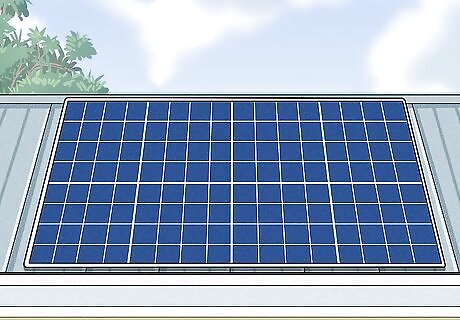
Check whether a solar inverter has tracking devices and offers optional accessories or not. A solar inverter is installed in your home, but it doesn’t mean you are clear about whether it works well. Out of this concern, some inverter manufacturers have designed chips or other tiny devices that are set inside each inverter for malfunction tracking purposes. Once something troublesome happens, relevant information will be sent back to the installing company which can help deal with the problems in time. Besides this, you should also check whether the inverter offers your optional monitoring accessories that can help you monitor your system. For example, by using a monitoring device, a home PV system user can learn how much electricity the system generates each day, month or year.
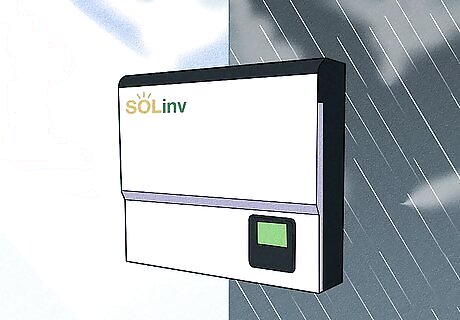
Make sure the inverter you choose has stout features. Solar inverters are often installed outside a building. If so, they must be strong enough to protect themselves from different weather conditions. In this case you need to check weather the inverter has a hard shell or some technology that guarantees it can work well even in unexpected conditions. You know, high temperature raises the PV system’s voltage, and low temperature makes its voltage decrease. If the maximum voltage specification is exceeded, the inverter may get damaged or become even worse. When the system’s voltage is too low, the inverter might stop working. IP65 tech is a method that makes sure the inverter will seldom be affected by terrible weather conditions.
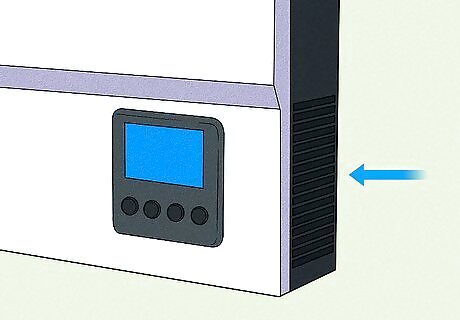
Examine the inverter’s cooling system. A cooling system is needed for any electrical devices. For a solar inverter which might be installed outside a house or in the open air, it can produce lots of heat from sunlight and working. Due to this concern, you must choose an inverter equipped with a cooling system which works efficiently.
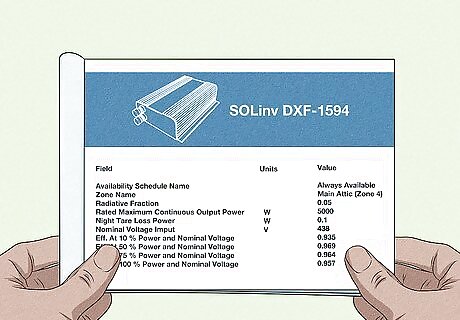
Read its instruction and parameter carefully. An instruction tells you the basic information about the inverter. By doing so, you will learn the tips and warnings about how to wisely use this product. By reading its parameter, you will learn its size and basic structure. No matter weather you choose it for your home or power station, you need easy-to-install products. Some suppliers also tell you where its inverter is suitable to be installed. So, this process is important too.

Search the web to learn the supplier’s reputation. Some world famous brands must be always known by everybody in this industry, but not all of them. You may meet some brands unknown to you, and so you need to search the web and check their rankings in Google or any other giant search engine. At the same time you also need to read others’ news, blogs, forums, comments, reviews and other forms of words about them. If they are generally spoken of well, you can learn more information about them and even decide to buy them. If not, you need to be careful.
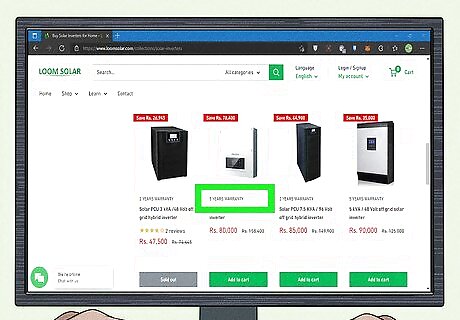
Inquire the warranties and services the supplier offers for its products. In common conditions a solar inverter supplier will show the warranties of his products online. However, these warranties may not be so accurate for every of his products. In fact, companies often display a general description of their warranties for the save of simplicity and convenience. Although major services are clearly displayed, they might have some differences from what you think. Therefore, please contact them and inquire the exact information you need for the specific product you choose.



















Comments
0 comment